Fitbit Blaze Review
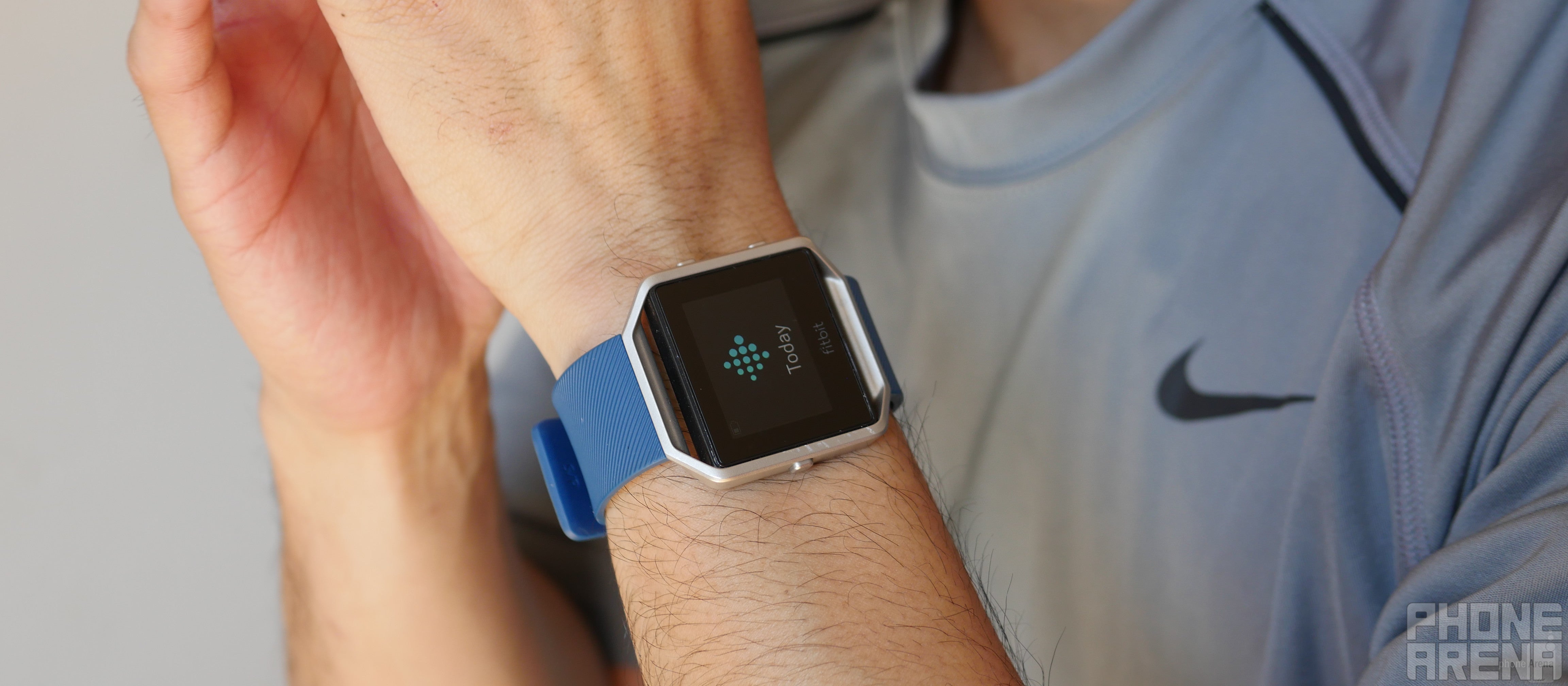
Introduction
Companies that make fitness trackers have tried to emulate Fitbit’s success, but throughout it all, Fitbit has remained untouchable at the top – even in an era where smartwatches have tried to make dedicated fitness trackers obsolete. It’s been almost a year now since we last visited Fitbit, and during that time, we’ve seen a lot of stuff vying for that spot on our wrist. Call it the evolutionary path, but the Fitbit Blaze is the latest fitness tracker from them that aims to live up to the company’s legacy and keep its position perched at the top of the ladder.
Packaging contains:
- Proprietary charger
- Wireless sync dongle
- Users manual
Design
It’s a design that slowly grows on you over time.
Honestly, we were at a standstill regarding its design at the onset. When we first wore it, the Blaze came off a bit clucky with its mechanical-esque frame. First thing to come to our mind was the old MOTOACTV from a few years back, partly due to its squarish shape and the fact that it’s something that can be removed from the wrist strap frame. After a while of wearing it, however, it slowly grew on us. While the unit itself is square in shape, the angular cuts of the frame give it an almost aggressive look. And it feels pretty comfortable with the included rubbery and rigid textured strap.
Speaking of straps, it’s nice that there’s more personalization here with the Blaze, since its variety consist of classic rubbery ones, leather bands, and a pricey metal link one. It’s not the first time they’ve tackled the watch form factor, but thankfully with this one, it’s a significantly better looking design than last year’s Surge.
Two buttons flank its right edge, while a single button is slapped on its left. Pressing any of the buttons turns on the screen, while the left button’s primary function is to act as a back button – while the two other buttons pertain to the corresponding on-screen functions.
Our only qualm with the design is in the way it’s charged. In addition to finding the pulsating heart rate sensor on its underside, there are pins there that line up with the ones on the cradle charger itself. Unfortunately, you need to remove the unit from the wrist strap before charging, just because the cradle doesn’t accommodate the unit with it inside of the strap.
It should be noted, too, that the Blaze isn’t waterproof, meaning it's not meant to be used for swimming. However, it is water-resistant, which means it can withstand water exposure to an extent (think sweaty workouts or when it's raining. Also, it doesn't offer built-in GPS, which was something we saw with the Fitbit Surge last year.
Display
Colors are on the subdued side, giving it a washed out appearance.
Frankly, there’s not a whole lot of appeal with the Blaze’s 1.66-inch 240 x 180 touchscreen LCD display. Even though it’s able to reach a strong luminance, making it more than visible to make out outdoors with the sun out, there’s just a lack of richness to its overall appearance. Colors just seem to appear washed out, but even more pressing are the thick bezels surround the panel.
Interface
One of the more complete fitness experiences out there.
We’re not going to go into detail about the Fitbit app, which is available for Android, iOS, and Windows Phone, since we’ve covered it extensively in our previous Fitbit reviews.
Instead, we’re going to focus the attention on to the software running on the Blaze. Straightforward and linear for the most part, the interface is broken into various menus consisting of the Clock, Today, Exercise, FitStar, Timer, Alarms, and Settings. Currently, there are only a handful of watch faces to choose from, but we really do like how we can scroll through some of the relevant fitness data directly through the watch face.
Fitness buffs will appreciate how the Blaze is tuned to work correctly with specific workouts using the exercise portal, so that the correct measurements are recorded – such as how running will accrue different results than biking. And if you’re up for a challenge, FitStar will guide you through some quick workouts through the Blaze. It’s a nice gesture that’s on board, but it’s only useful if you don’t have a regiment of your own.
There’s no denying the diverse ecosystem Fitbit encompasses, making it one of the better fitness experiences out there, but it still pales in comparison to what smartwatches can achieve. Sure, we can control our music, read text messages, and receive other notifications, which are basic things we’ve come to count on finding, but there’s no apps support with this – so it’s rather restricted, isolated in a way.
Connectivity
In our time using it with an iPhone 6s, we didn’t have any sort of connectivity issues with the Blaze. The connection is pretty intact, allowing various notifications to pop up and buzz to inform us. From the looks of it, the unit has a reach of approximately 20 feet before it’s severed, which isn’t too bad, considering we can set the phone down somewhere nearby during workouts – without the worry of it disconnecting.
Performance
Plain and simple, you wear it and forget it. Just works like that!
The best part about the Fitbit Blaze is its set it, forget it operation. Seriously, there’s very minimal interaction that’s necessary for the Blaze to begin tracking our fitness. Steps are obviously monitored as we move throughout the day, as well as the heart rate sensor actively working to seek out our pulse’s resting rate. Even sleeping has become automated as well, so there’s no need for us to press a button or activate something for it to start monitoring our sleep.
Even though it lacks built-in GPS, it leverages the one in our smartphone to better track our runs. Exercising with the Fitbit Blaze is a joy, since we can quickly glance our calorie burn at a moment’s notice. All the data gathered by the Blaze is crucial in giving us an overview to our habits, which can be used to set higher goals to challenge ourselves.
Battery
You won’t be charging this frequently, unlike most of today’s smartwatches.
One area where the Fitbit Blaze has a distinct edge over today’s crop of smartwatches, is in how it benefits from a higher longevity with its battery. Using it for over 3 weeks, the Blaze’s battery manages to get us through nearly 5 full days before recharging is necessary. That’s pretty substantial, considering that most smartwatches tap out at 2 days the most.
Conclusion
When we take a peek at the Fitbit Blaze’s sticker price of $199.99, it’s right there in the same class as some other full-featured fitness trackers. The problem with this particular segment, is that it clashes with the vast models available in the smartwatch arena. For the same price (or a little bit more), you can pick up a pretty good Android Wear smartwatch of some kind, which of course, offers more diversity with its apps support.
Then again, those smartwatches can’t achieve the kind of fitness monitoring that the Blaze does so effortlessly on its own. Throw in its just-wear-it operation, tracking our fitness has never been easier. Indeed, there are some compromises here, such as the lack of apps support, but it just means that you won’t be distracted by much else – focusing instead on the fitness, which is what's the central focus here.
It’s not quite a home run, but it reaches deep into center field as a formidable fitness tracker.









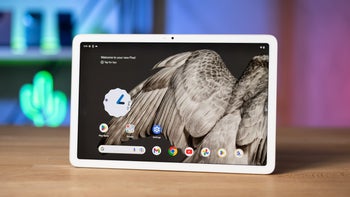
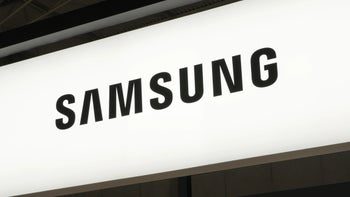
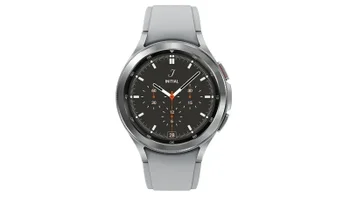
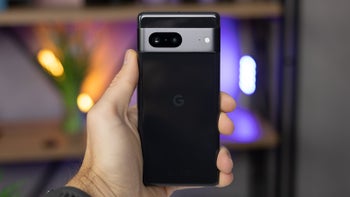
Things that are NOT allowed: